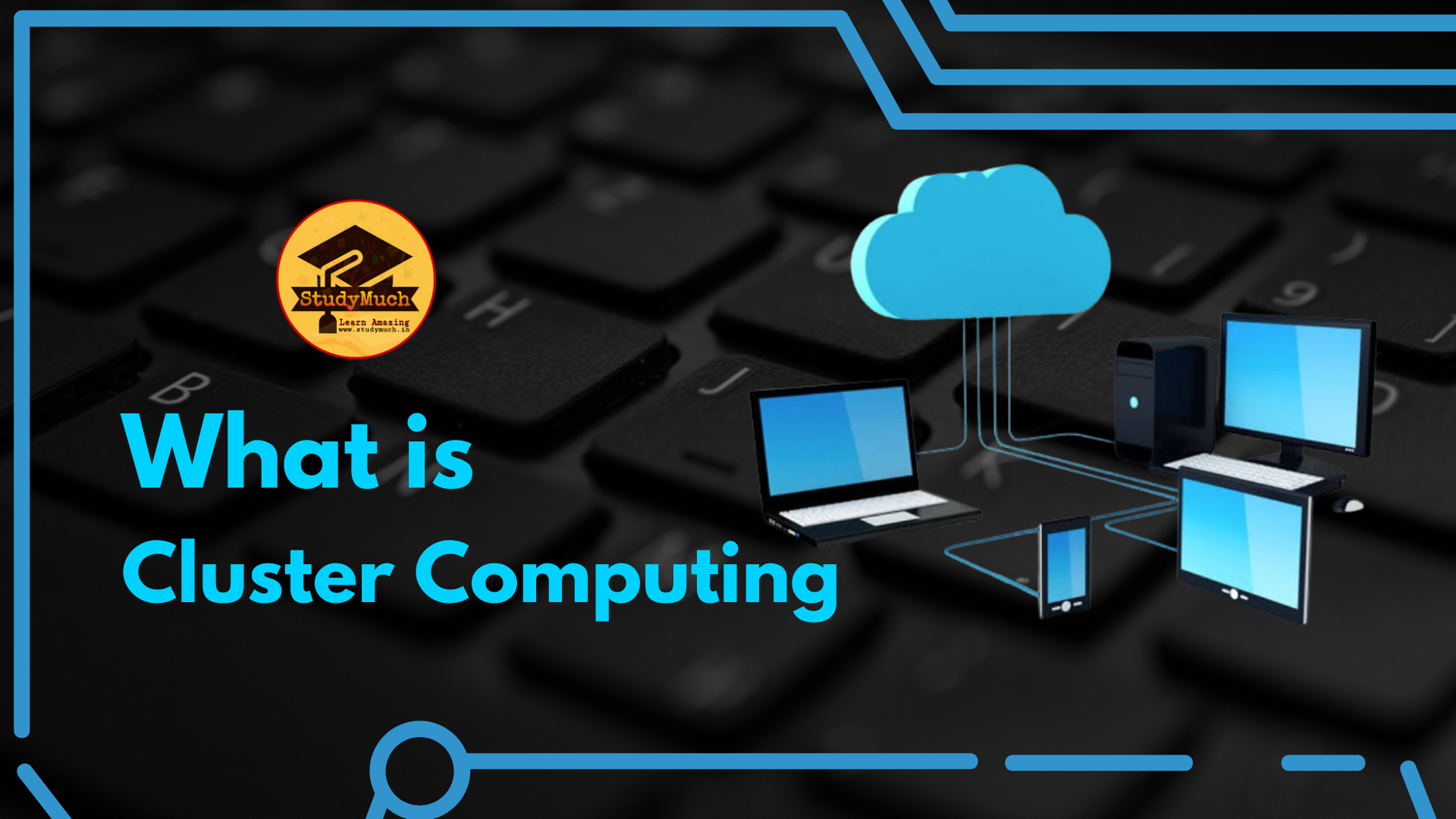What is Cluster Computing

What is Cluster Computing
Hi there, in today’s era computing is very important for everyone, also we all need to know more about computing and new technology according to generations. So, in this tutorial we will learn about the Cluster Computing (its advantages, disadvantages, function, applications and everything), so, let’s start learning.
What is Cluster Computing?
Cluster Computing is a form of computing in which a group of interconnected computers work together to perform tasks as if they were a single, integrated system. These computers, known as nodes or cluster nodes, communicate and coordinate their processing power to handle calculations and data processing efficiently.
- Clusters are typically connected with fast Local Area Networks (LANs).

Importance of Cluster Computing;
Here are some key points highlighting the importance of this computing.
- Increased Processing Power: It allow multiple computers to work together, significantly boosting overall processing power.
- High Performance: Cluster computing enhances the performance of tasks and applications by distributing the workload among interconnected computers.
- Scalability: Clusters can be easily scaled by adding more nodes, providing flexibility to accommodate growing computational demands.
- Cost-Effectiveness: It offers a cost-effective solution by utilizing existing resources efficiently, eliminating the need for a single powerful and expensive supercomputer.
- Resource Sharing: Efficient sharing of resources such as memory and storage among cluster nodes, optimizing the utilization of available hardware.
- Easy Maintenance: Maintenance is simplified as individual nodes can be updated or replaced without disrupting the entire system, ensuring continuous operation.
This Computing is important for harnessing the collective power of many computers, providing benefits in terms of performance, scalability, cost-effectiveness and fault tolerance.
Applications of Cluster Computing:
- Various complex computational problems can be solved.
- Used in aerodynamics, astrophysics and data mining.
- Applied in weather forecasting and image rendering.
- Used in various e-commerce applications.
- Employed in earthquake simulation and petroleum reservoir simulation.
Advantage of Cluster Computing;
Here are the most importance and main Advantages.
- High Performance: Systems offer enhanced performance compared to mainframe networks.
- Easy to Manage: Manageable and easy to implement.
- Scalable: Resources can be added to clusters as needed.
- Expandability: It can be expanded easily by adding additional computers.
- Availability: Active nodes function as proxies if one node fails, ensuring enhanced availability.
- Flexibility: Upgradable to superior specifications, and additional nodes can be added.
Disadvantage of Cluster Computing;
Here the given below most importance Disadvantages.
- High Cost: Not cost-effective due to high hardware and design expenses.
- Problem in Finding Fault: Difficult to identify which component is faulty.
- More Space Needed: Infrastructure may increase with more servers required for management and monitoring.
Conclusion;
So, in this tutorial you have learned about the Cluster Computing (its advantages and disadvantages, functions, applications and importance). I hope you all understood all about this Computing, but if you have any doubt don’t hesitate to ask in comment section. Keep Learning with StudyMuch!
Learn More;

0 Comments